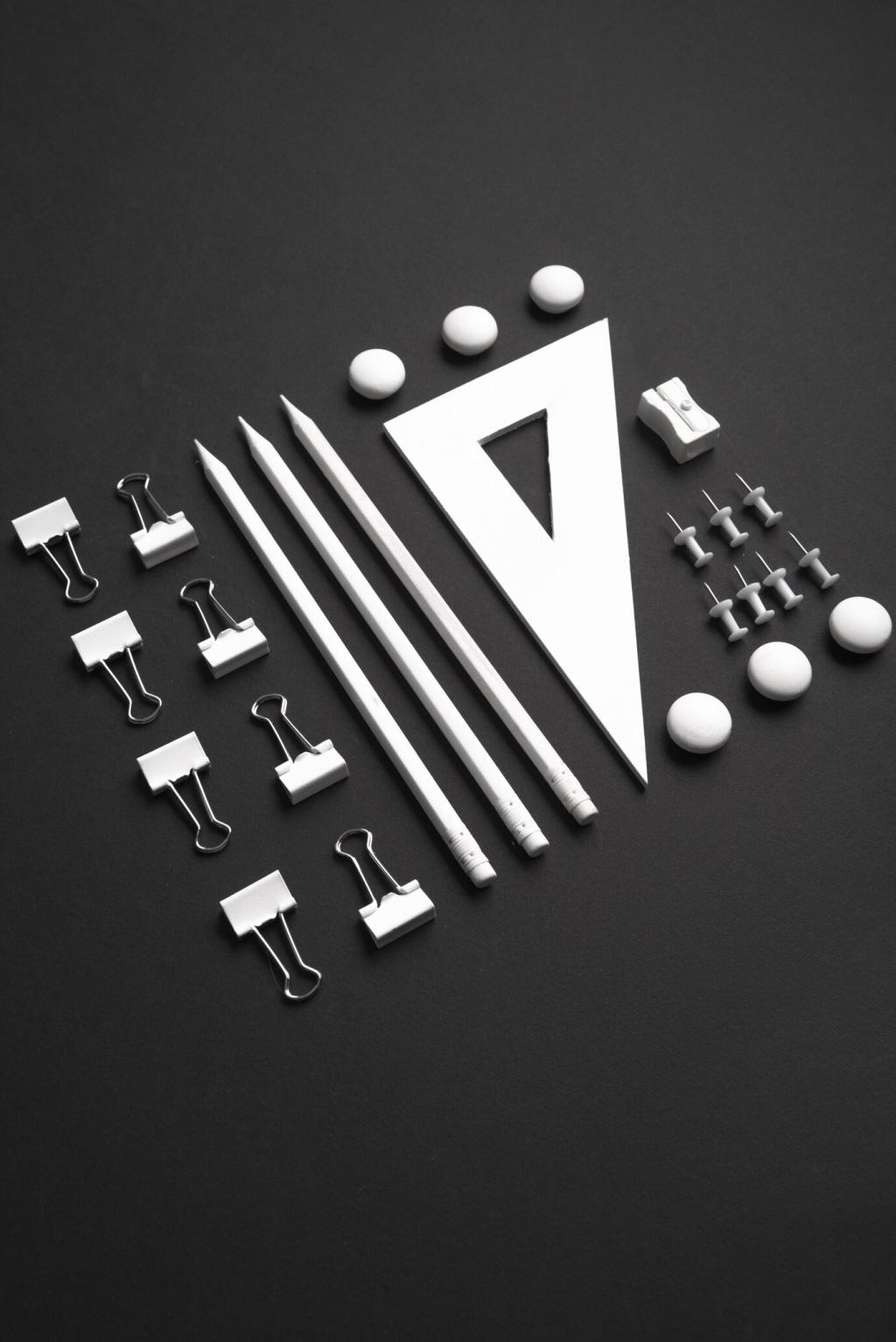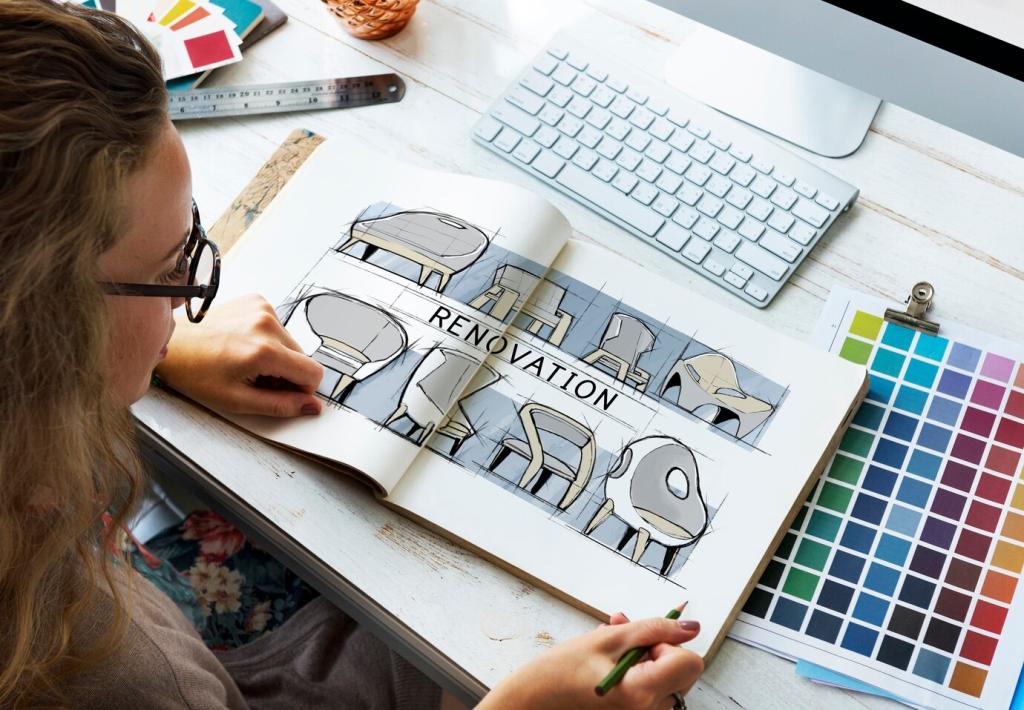Chosen theme: Innovative Use of Textures and Materials in Interiors. Step into a world where touch leads design, light sculpts surfaces, and materials tell stories. Explore inspiring ideas, practical guidance, and human moments that make every interior feel richly, memorably alive.
Tactile Layering: Designing with Contrast and Harmony
Begin with a calm base like matte plaster or limewash, then add grainy oak, a ribbed textile, and a glint of metal. This gradual shift invites touch, guides movement, and makes a room feel composed rather than cluttered.



Sustainable Innovations: Materials That Respect the Planet
Mycelium panels bring featherweight structure and gentle acoustics, while hempcrete regulates humidity and temperature. Both offer organic texture that looks timeless rather than trendy. Curious about installation realities? Comment your questions, and we will cover details in a follow-up guide.
Sustainable Innovations: Materials That Respect the Planet
Reclaimed boards carry saw marks and sun-faded tones that new lumber cannot mimic. Pair with recycled aluminum or steel, finished in soft satin, to celebrate age and innovation together. Tag us with your favorite salvage finds for a feature.
Light Meets Texture: Shadows, Highlights, and Depth
Raking Light Across Limewash, Stucco, and Textured Paint
Angle wall lights or position windows to graze surfaces, revealing brush strokes and trowel patterns. Even simple plaster turns sculptural. Try dimmers to shift from crisp daytime relief to soft evening glow, then share your lighting experiments below.
Translucent Stone, Ribbed Glass, and Backlighting Magic
Onyx, alabaster, and ribbed glass become luminous canvases with backlighting. Their veining and ridges diffuse glare while adding quiet sparkle. Use sparingly to avoid overstatement, and show us your favorite softly glowing moments on social.
Day to Night: Dynamic Surfaces That Shift with Time
Choose finishes that change character: bronze that warms at dusk, textured linen that deepens under lamplight, and fluted tile catching sunrise shadows. This temporal variation keeps rooms emotionally engaging. Want lighting plans for your layout? Ask in the comments.
Felt, Cork, and Fabric Panels as Architectural Textures
Beyond utility, these surfaces add warmth and modern craft. Choose felt in saturated hues or cork with natural speckles for a refined, tactile wall. Share your favorite colorways, and subscribe for our acoustic material comparison chart.
Diffusion with Slatted Timber and Sculpted Walls
Slatted oak or walnut softly scatters sound while introducing shadow patterns. Sculpted gypsum or 3D-printed panels add rhythm without heaviness. Combine with a wool rug to finish the soundscape and keep the room visually balanced.
Flooring Underlays and Soft Piles for Calmer Footsteps
Underlays beneath wood or stone floors dramatically reduce thuds. Layer with woven wool runners or dense cut-pile rugs to quiet circulation paths. Tell us where noise lingers at home, and we will suggest targeted material fixes.
A Ceiling of Woven Cane to Lift the Eye
We stretched cane panels between slim oak battens, letting warm light sift through a subtle weave. The airy pattern pulled attention upward, amplifying height. Comment if you would try a woven ceiling, and we will share sourcing tips.
Multi-Tasking Materials: Pegboard Birch and Powder-Coated Steel
Perforated birch became storage, art, and texture at once. Slim steel shelves clipped in like jewelry, matte-coated for a velvety feel. The wall lived differently each week, proving adaptability can be tactile and delightful.
Resident Feedback: Living with Rich Surfaces
After three months, the owner reported quieter echoes, cozier evenings, and fewer impulse buys because the home already felt layered. Have a small-space texture win? Share your story to inspire others navigating compact living.




Join our mailing list
